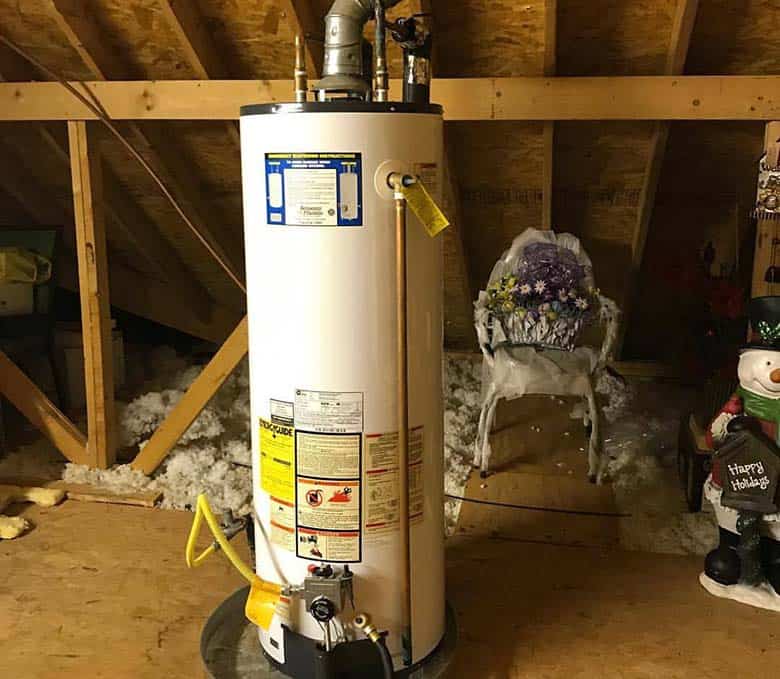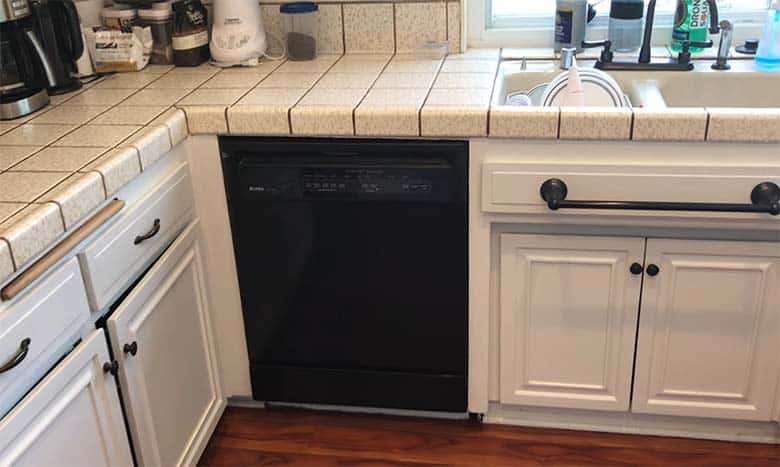Water heaters help us control the water temperature. It adds convenience in using water for different purposes at home. Usually, these home appliances are highly durable. However, at times, it may start leaking for many reasons. We understand that the water heater constantly draining due to leaks is dreadful.
It will result in water loss and the use of high-energy in your homes. The draining hot water might even damage the waterline. Usually, a faulty pressure and temperature relief valve are responsible for a draining water heater. Also, condensation and leaky water tanks can cause draining too.
You must check the drain valve to figure out the top reason for the leaking water heater to fix it. We will show you why the water heater keeps draining and their solutions.
Why Does My Water Heater Keep Draining?
When you see the water heater keeps draining, it will be frustrating. You will see no water in the tank, a loss of hot water, and an increase in energy bills. So, it’s imperative to find out why the water heater won’t stop draining.
Reason 1: Too high pressure and temperature for the release valve
The temperature and pressure release valve regulates the water temperature inside the heater. It has a sensor that detects the water pressure and temperature. The sensor will quickly detect if the water is overheated.
Usually, water heaters will work under 210°F temperature. When the sensor finds the water heating too close to this benchmark, the release valve will open up to drain the water. Plus, it also drains the water if the pressure is too high. On average, the water heater works on 50-60 PSI.
The relief valve opens up immediately if the water pressure and temperature come dangerously close to their standard level. Thus, it drains the water and balances the pressure and temperature.
The thermostat is one of the leading causes of the water heater reaching such high temperatures and pressure. You may have set it too high. Or else it might become faulty over time. So, you must check it when the water heater is draining continuously.
Reason 2: Faulty water inlet and outlets
Sometimes, the water inlet and outlet connections may become loose. Also, they may get damaged over a period due to corrosion and rust. Usually, metal water inlets and outlets will last 5 to 7 years. After that, they need replacement or might cause draining due to damages.
If you have plastic connections, heated water can damage them easily. So, the water will start leaking through the damaged and loose connections.
Reason 3: Sediment build-up at the bottom
Another common reason the water heater keeps draining is sediment build-up in the tank’s bottom. Minerals will come with the water if you live in a hard water region. Over the years, it forms a thick layer at the tank’s bottom.
Sometimes, a leaky water tank can be the reason for water dripping through it. It happens due to sediment development at the bottom of its tank. As it happens, the sediment and residues will damage the water heater tank. Consequently, water will start leaking through the tank.
Reason 4: Drain valve failure
Just like the pressure and temperature relief valve, the drain valve works to release water. If the drain valve becomes faulty, water will keep draining through the pipe. It happens because the gasket and washer may have worn out.
The rubber gasket is prone to damage. Also, the plastic valve becomes brittle. These two are common culprits of water heaters draining constantly.
How Do I Stop My Water Heater From Draining?
Stopping a water heater from draining varies on its causes. Unless the tank leaks and is damaged, you can perform most fixes at home.
Solution 1: Check the thermostat and adjust it
Often, people set their water heater thermostat too high. So, it increases water temperature and pressure. As a result, the relief valve drains water to protect the heater. You should, thus, check the thermostat setting.
If it is too high, bring it to the standard settings. Also, look if it works inappropriately. Then, you might need to replace it.
Solution 2: Try fixing the leaky drain valve
First, try tightening the drain valve with an adjustable or Allen wrench. Many times, tightening the loose valve will fix the leaks. Plus, you must look for the gasket and rubber washer. You may need to replace these two worn-out components to fix the drain valve.
- If the valve is made of plastic, try replacing it with a metal one. It offers a long-lasting lifespan without draining problems.
- Change the washer and gasket for metal and brass valves to stop water draining. Then, remount the brass drain valve.
- Apply thread seal or plumber’s tape to secure the connecting point of the valve. It prevents leaks and enhances the connection.
Solution 3: Fix or replace the pressure relief valve
The temperature and pressure release valve) TRP may need to close properly. As it happens, the valve allows water to drain through the pipe. Once you have set the thermostat at the right temperature, check the relief valve carefully.
Usually, the valve is on the top of the water heater. In some models, it can be on either side. So, try to locate it and start the fixing process. Mostly, residual and mineral build-up around it will stop it from closing appropriately.
So, try washing its surroundings with a brush and detergent. Then, look for any loose connection and tighten it. You should also try replacing the gasket and covering it with plumbing thread tape. If nothing works, you should replace the entire pressure release valve.
Solution 4: Remove sediments from the tank bottom
If sediment development in the tank’s bottom is causing the draining, you must remove it. Look for the following signs to determine if sediment is the root problem.
- A noise like air propping inside the tank
- Water drains constantly
- The water heater fails to heat the water
- If you haven’t drained the tank for more than 6-months
Thus, you must get a garden hose and scrubber to remove the residues and debris from the tank. Before you start working, turn off the water heater. Also, disconnect it from electricity and water lines.
- Allow the water heater to cool down so you can work with it. You have to keep it disconnected overnight for the cooling down period.
- Use a scrubber and garden hose to wash the tank’s bottom. You must connect the hose to an outlet for a water source.
- After cleaning the tank, drain it by opening the cold-water faucet. Then, wait for an hour to help the tank dry properly.
You can remove the sediment and stop the water heater from draining constantly. If something else works better, look to replace the entire water heater. For this, you will need professional help. A standard water heater replacement costs $800 to $1200 on average, including its price and professional help.
I am James Martin, An professional plumber with more than 16 years of experience. The main purpose of my writing is to share my experiences of helping others. Be with me and explore bathroom plumbing, installation, cleanness ideas, and many more.



